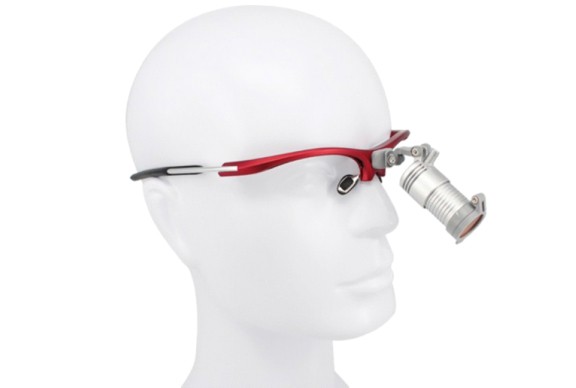Choosing The Right Ergonomically Designed Hygienist Dental Loupes
You might have been using a dental loupe since hygiene school. But the big question is, are they the right ones for you? In this article, we are going to explain how can you be able to know if your hygienist loupes are the correct ones for you. We will also discuss the critical measurements that you need to consider when picking dental loupes.
Check the comfort level
Let us assume that you have been using your dental magnification loupes for quite some time already. Now, try to work with your loupes a couple of hours a day for at least five days. Try to observe if you experience body aches most specifically in areas like your neck, shoulder, lower back, and upper back. If at the end of the day you still experience neck fatigue, shoulder stress, and back pain and if your comfort level declines after a few hours of wearing them, then the dental loupes that you are using are certainly not the right ones for you.
Although the primary purpose of dental optical loupes is to provide proper magnification of the oral cavity, they are as well designed to assist hygienists in maintaining a healthy, neutral, and upright neck and trunk positions. By saying neutral position we mean that the body structures such as the ligaments, discs, muscles, spine, tendons, and bones are in their most stable and strongest position.

The high-quality and properly fitted dental loupes will allow you to work comfortably while maintaining a healthy posture and a neutral neck and shoulder position.
Choosing the right dental loupes
The key to picking the right dental loupes is to get your precise measurements. In order for you to maximize the benefits that the dental magnifying loupes offer, it is critical to know the two basic measurements that help you maintain a neutral position. These are the working distance and declination angle.
Working distance
The working distance is the distance between your eyes and your operating or working field. To get your exact working distance, you need to sit or stand in an upright position and then take the measurement between your eyes and the mouth of your patient.
Declination angle
The declination angle is the amount of downward slope in the optical barrels, as they are attached to the hinge of the flip-up loupes or mounted into the frame's carrier lens. The dental loupes should allow you to tilt your head downward in less than 20° (maximum).
Ergonomically built dental optical loupes should deliver two major inputs (declination angle and individual working distance) in order to avoid chronic musculoskeletal injury and pain. To maximize the ergonomic benefits of the loupes, opt for longer working distance as it can help you position your neck and head in an upright and neutral position. Longer working distance also minimize the need for forward head positioning, making it possible for you to work all day without experiencing muscle pains. Also, pick the oculars that offer a steeper angle of declination to keep your shoulder and neck muscles relaxed while working.

